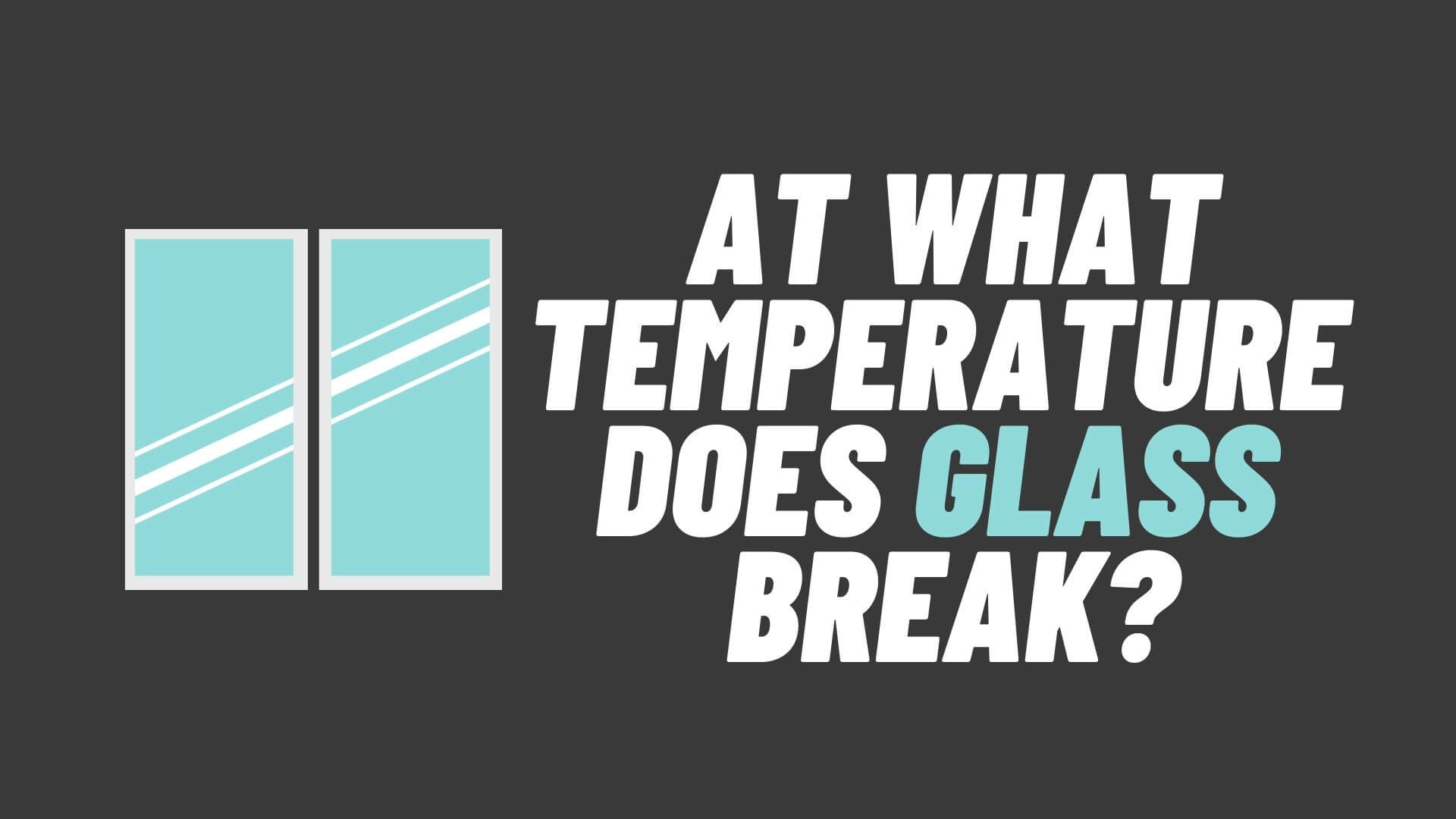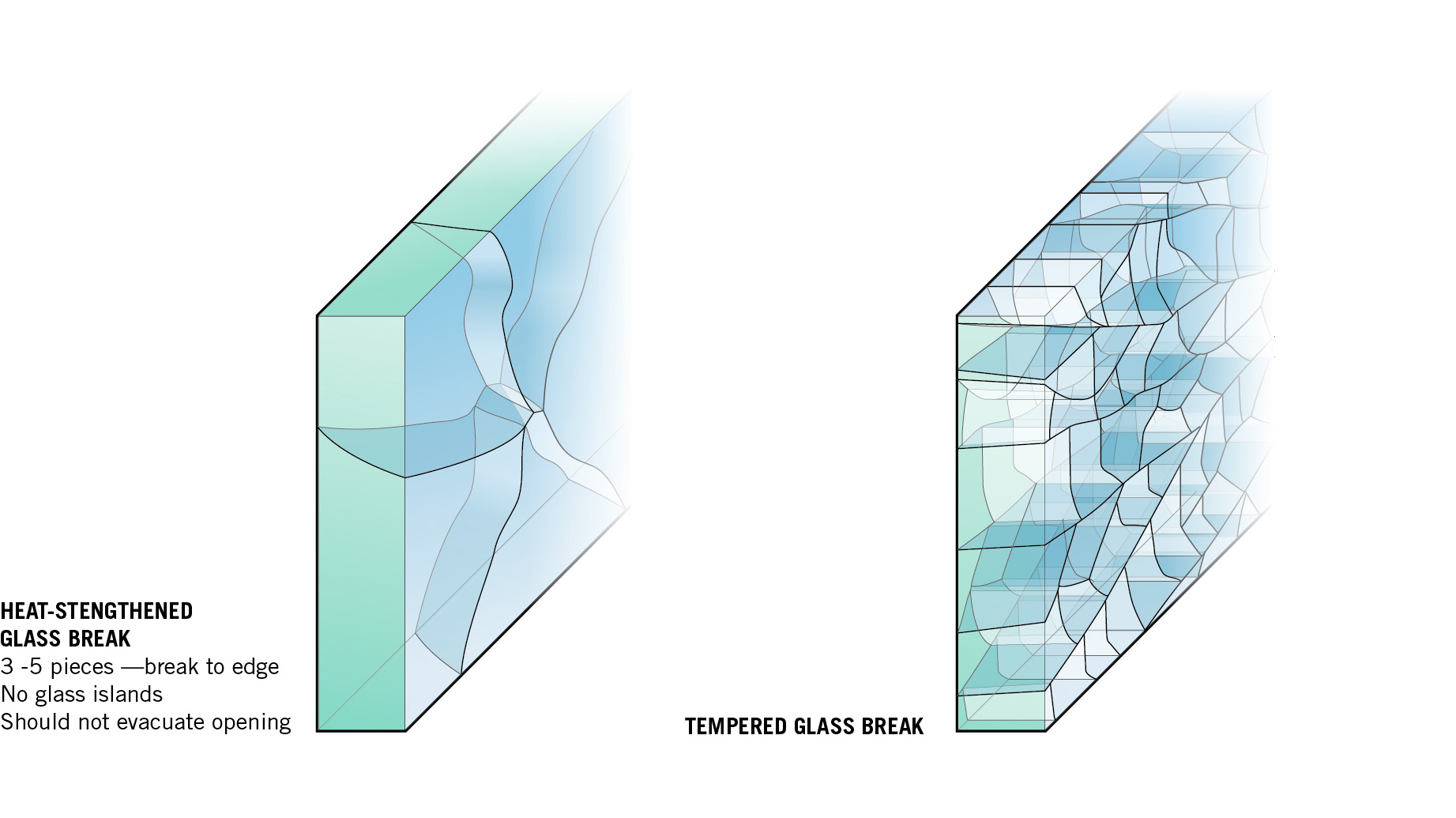My Little Investigation: When Does Glass Give Up?
So, the other day, I got this nagging question in my head: at what temperature does glass actually break? I mean, we all know it breaks, right? Drop it, it shatters. Heat it up too fast, it cracks. But I wanted to see if I could get a rough idea of the temperature involved, just by messing around a bit in my workshop. It’s one of those things you hear about, but seeing it is believing, you know?
Now, I’m no scientist, and my setup was pretty basic, let me tell you. I wasn’t about to start handling molten glass or anything crazy high-tech. My main curiosity was about thermal shock – you know, when you heat glass unevenly, and one part expands way more than the other. That’s usually what gets it.

Gathering My Gear and Getting Started
First things first, I needed some glass. I had a good rummage around my workshop and the kitchen recycling bin. Here’s what I managed to scrounge up:
- A couple of old jam jars – pretty standard, thin glass, the kind you get everywhere.
- A thicker piece I had leftover from a cheap picture frame that bit the dust a while back.
- What I suspected was a bit of borosilicate glass, from an old glass coffee pot that had a chip, so it was out of commission.
For heating, I figured my trusty heat gun would do the trick. It’s not like a proper kiln, obviously, but it can pump out some serious heat, and I can point it pretty accurately. To get a rough idea of the temperature, I grabbed my infrared thermometer. It’s one of those point-and-shoot types. Again, not lab-grade precision, but good enough for satisfying a bit of curiosity.
My plan was pretty straightforward: focus the heat on one spot of the glass and see what happened. I decided to kick things off with one of the jam jars, thinking it would probably be the most fragile.
The Actual Experiment – And Some Surprises!
So, I set up the first jam jar. Just propped it up securely on a fire-resistant surface, naturally. Safety glasses on, of course – I’m not totally reckless! I aimed the heat gun at a small spot on the side of the jar, starting from a bit of a distance and then moving closer. I kept zapping it with the infrared thermometer to watch the temperature climb. 100 degrees Celsius… 150… creeping up to 200…
For a little while, not much seemed to be happening, other than the glass getting obviously hot. I was focusing the heat pretty intensely on that one area. Then, when the thermometer was showing readings around 250 to 300 degrees Celsius on that specific hot spot, I heard a distinct ‘tink!’ And there it was – a crack spiderwebbing out from the heated area. It wasn’t a dramatic shatter into a million pieces, more like the glass just gave up with a little sigh. The rest of the jar was still relatively cool, which I guess was the whole point of the thermal shock.
Next, I moved on to the thicker picture frame glass. This one definitely put up more of a fight. I had to keep the heat gun on it for a fair bit longer, and really concentrate the heat. I saw the temperature on the hot spot climb past 300, up towards 350 degrees Celsius, maybe even touching 400 right on the bullseye, before it suddenly went ‘CRACK!’ A much louder, more decisive sound this time, and a bigger, cleaner crack. This really drove home how that uneven heating is the real culprit.
Finally, it was time for the coffee pot glass. I had a feeling this one would be tougher, because those things are made to handle boiling water and sit on warmers. And you know what? It was. I blasted it with the heat gun, getting the spot well over 450 degrees Celsius according to my thermometer. The glass started to glow a dull red where the heat was most intense, but it just wouldn’t crack! I eventually stopped because I was more worried about melting it or something else happening rather than getting the kind of thermal stress crack I was looking for with my setup.

So, What Did I Figure Out?
Well, the main thing I took away is that there’s no single magic number for “the temperature glass breaks.” It massively depends on the type of glass you’re dealing with and how thick it is. That ordinary jam jar glass, being quite thin and likely soda-lime glass, couldn’t handle much localized heat stress at all. The thicker panel needed a bit more of a push. And that borosilicate-type glass from the coffee pot? It just laughed at my heat gun, relatively speaking.
The real eye-opener was seeing thermal shock do its thing so clearly. It wasn’t about getting the entire piece of glass to some crazy high temperature; it was all about that rapid, uneven heating. One part expands, the other doesn’t, and ‘pop,’ something has to give. If I’d put those jars in an oven and heated them slowly and evenly, they would have survived much, much higher temperatures before anything like deforming or melting happened.
It was a pretty neat little hands-on test. I didn’t write any scientific papers on it, but it sure satisfied my curiosity. It’s always more interesting to see something with your own eyes than just to read about it, don’t you think? Plus, making things go ‘crack’ is always a bit of fun, as long as you’re being safe about it!




















